Shop
A gambeson is armor made of multiple layers of fabric. Often stuffed with (depending on region) tow, wool, horsehair, and sometimes saturated with salt. Depending on its period, the region and class of the wearer, it was considered either as armor, or as under-armor wear. For example, for knights, a padded jacket was not the
A gambeson is armor made of multiple layers of fabric. Often stuffed with (depending on region) tow, wool, horsehair, and sometimes saturated with salt. Depending on its period, the region and class of the wearer, it was considered either as armor, or as under-armor wear. For example, for knights, a padded jacket was not armor,
The most popular helmet of the XVI century: close helmet with a visor “sparrow’s beak”. Helmet was developed on the base of Sallet with bevor. Close helmet looks like Armet but in fact it’s different. First close helmets were similar to sallet with the short tail. But the skull of the new type helmet has
Late XIV century Great Helm based on the photo of a medieval helmet from a private collection. According to the National Museum of Scotland there’s only a few 14th-century helmets to survive: – Great helm with decoration (cimier) of Albert von Prankh, approx. 1350. Preserved in Kunsthistorisches Museum Wien in Austria. – 14th century great
Burgonet helmet based on the helmet from the armor of Guidobaldo della Rovere (1514-1574), Duke of Urbino, given to Felipe II of Spain. Armor and helmet were made in Roman style in 1546 by Bartolomeo Campi de Pesaro. Preserved in the Royal Armory (La Real Armeria) in Madrid, Spain. Helmet was luxuriously decorated with a
There are not many historical sources telling us a story about the helmets of the X – XI centuries. However, one of the most famous is the XI century Bayeux Tapestry (Tapisserie de Bayeux). On different sections of the tapestry, we can see warriors wearing conical helmets with nasal elements. Most of the helms illustrated
A sallet (Old German “Schelern”, French “salade”) is a type of Western European helmet. At the end of the XIV century the pointed skull of bascinet helmets became more rounded. The sides and back became larger and the skull of the helmet obtained a crest in approximately 1420. Two main types of sallet helmets developed
Our XV Century Sallet is based on the Sallet helmet from the castle of Churburg (Castel Coira) in South Tirol. The original helmet is preserved in the armor collection of the Royal Armouries, Leeds. Dated c. 1460 with an object number of II.168 A, the main edge of the helm has a plain outer turn line.
Our XV Century Italian Bevor is based on the sallet helmet with bevor from the collection of Churburg Castle (Castel Coira) in South Tirol. It is intended to accompany our XV Century Sallet, but will add protection and style to any sallet helmet. The bevor can be crafted from a variety of metals and in
A gorget is a steel collar used for neck and throat protection. Gorgets were a part of ancient armor and were intended to protect against swords and other bladed weapons. Most medieval gorgets were simple shielded plates to protect the neck and were worn under the breastplate. These plates support the weight of armor worn
If you would like to add solid protection for your neck, a steel plate gorget is a superb solution. That said, participating in medieval combat which is regulated by HMB rules and the Authenticity Committee requires fighters to maintain historical accuracy in regards to the period and region of the equipment and weapons. So, what
Our Padded Gorget with Titanium Plates helps to cover any unsafe gaps you may have around the neck. It can also be used as additional protection to reinforce vulnerable places such the collar bones and trapezius muscles. Our Padded Gorget with Titanium Plates is made from stitched cotton and two layers of natural sheet batting

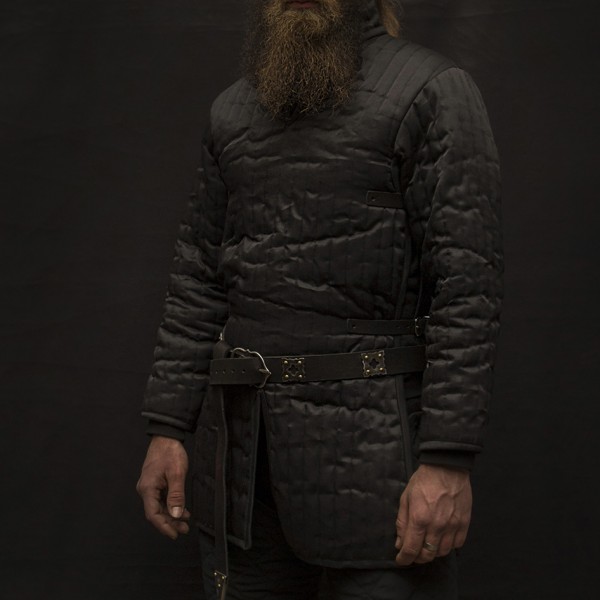
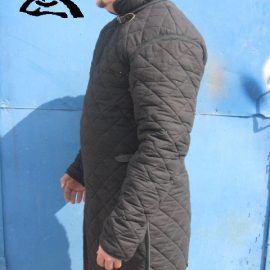
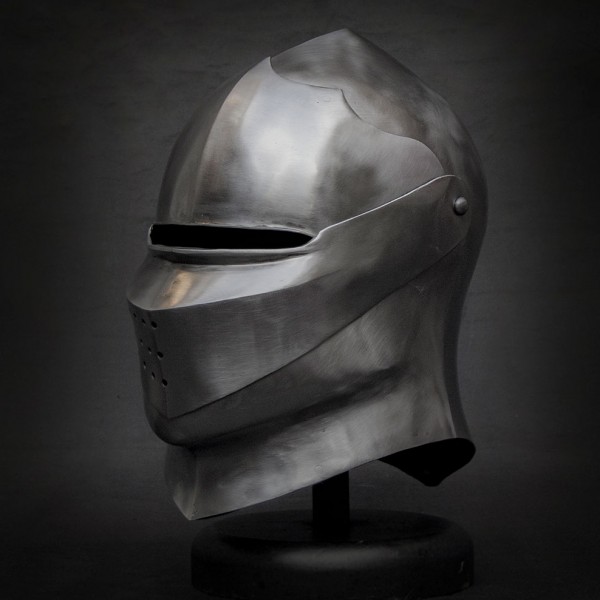
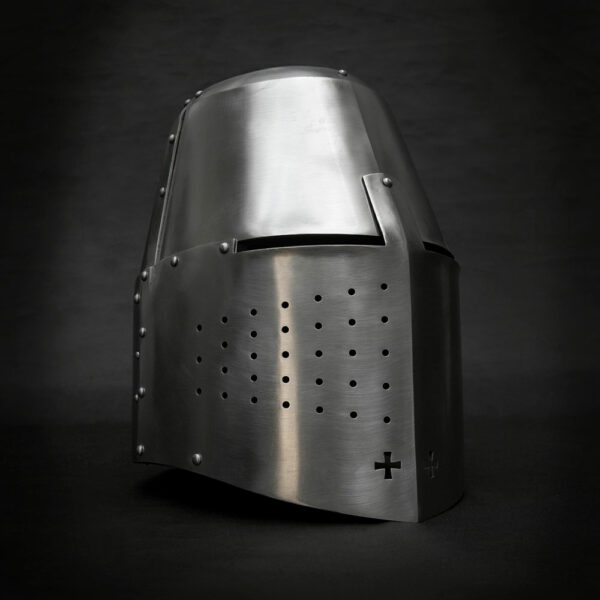
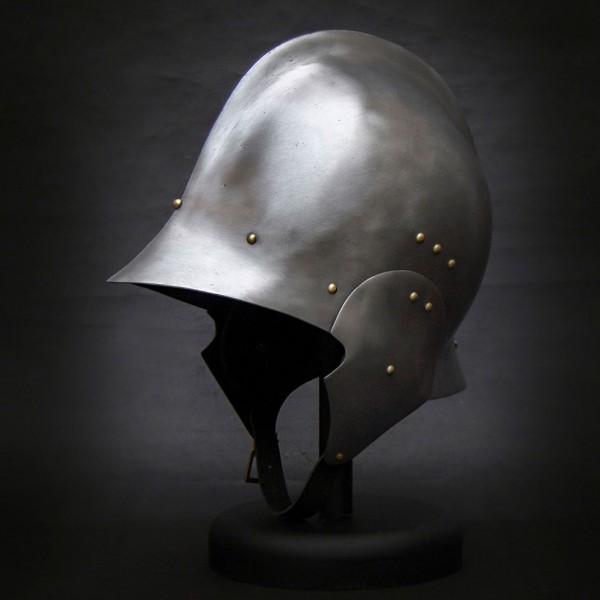

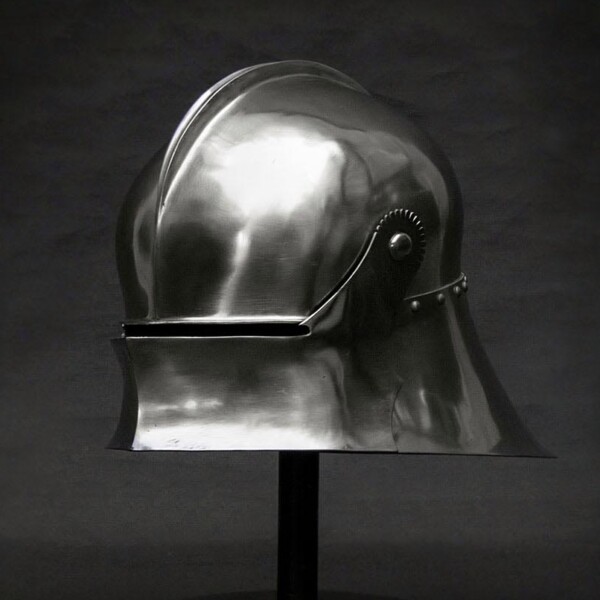
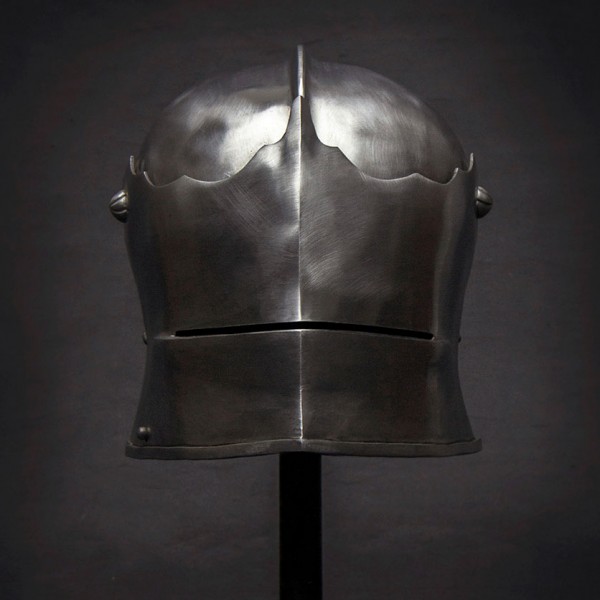
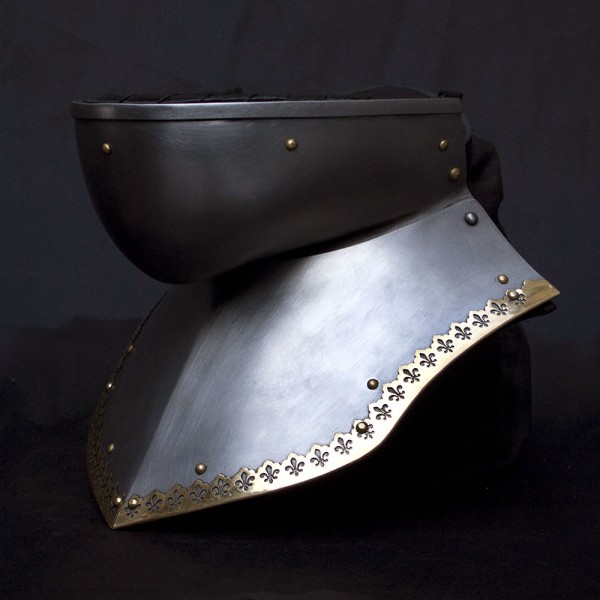

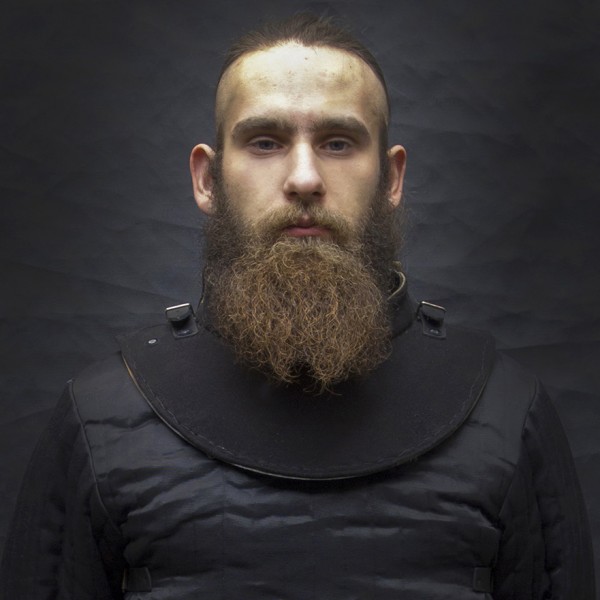

 Shop
Shop